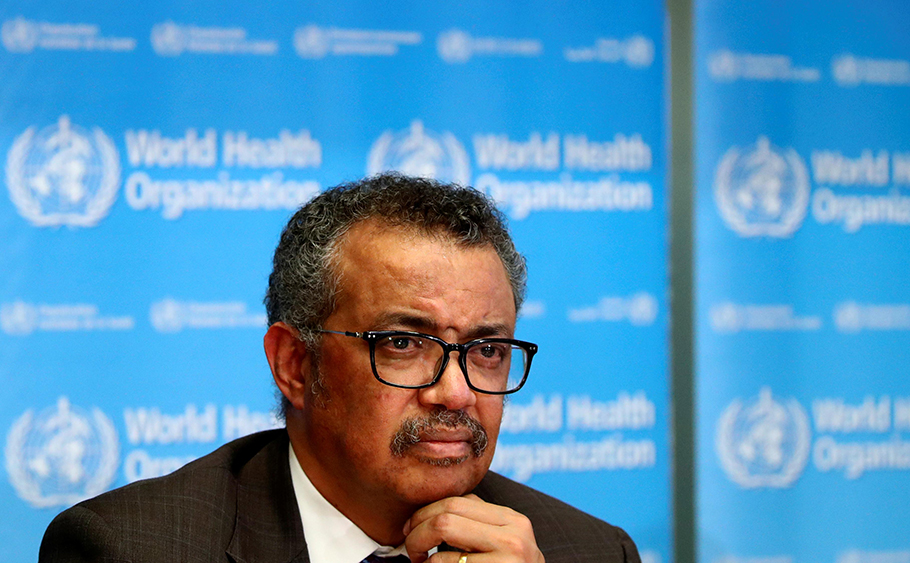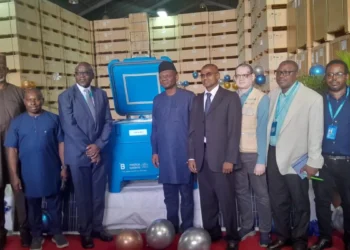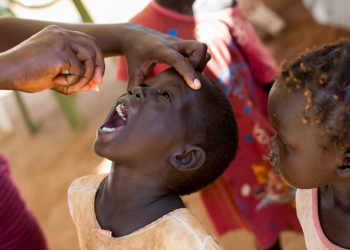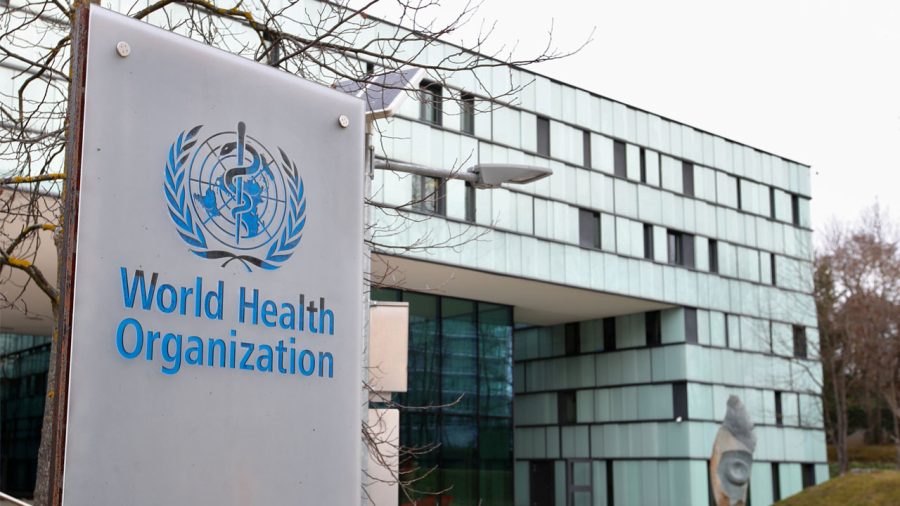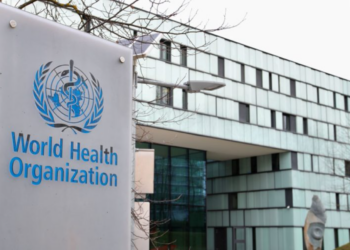The World Health Organization (WHO) has published a new edition of its Model Lists of Essential Medicines and Essential Medicines for Children. This list includes new treatments for various cancers, insulin analogues and new oral medicines for diabetes, new medicines to assist people who want to stop smoking, and new antimicrobials to treat serious bacterial and fungal infections.
This move by the health organization aims to address global health priorities, to assist in identifying medicines with the highest benefits and at the same time, is available and affordable for all. However, the WHO affirms that high prices for both new, patented medicines and older medicines, continue to keep essential medicines out of reach for many patients.
In the news release, the WHO Director-General, Dr Tedros Adhanom Ghebreyesus said that “Diabetes is on the rise globally, and rising faster in low- and middle-income countries. Too many people who need insulin encounter financial hardship in accessing it or go without it and lose their lives. Including insulin analogues in the Essential Medicines List, coupled with efforts to ensure affordable access to all insulin products and expand use of biosimilars, is a vital step towards ensuring everyone who needs this life-saving product can access it.”
Why this is important
According to the WHO, the move to list long-acting insulin analogues and cancer treatments and drugs is intended to increase access to diabetes and cancer treatment by expanding the choice of treatment.
This is important especially considering that Insulin production is concentrated in a small number of manufacturing facilities, and three manufacturers control most of the global market, with the lack of competition resulting in high prices that are prohibitive for many people and health systems, the news release said.
The organization has recognized that cancers are among the leading causes of illness and death worldwide which accounted for nearly 10 million deaths in 2020, with seven out of 10 occurring in low- and middle-income countries.
For cancers, new breakthroughs have been made in cancer treatment in the last years, the WHO said, which includes medicines that target specific molecular characteristics of the tumour, some of which offer much better outcomes than “traditional” chemotherapy for many types of cancer.
The news release reads that “Four new medicines for cancer treatment were added to the Model Lists: Enzalutamide, as an alternative to abiraterone, for prostate cancer; Everolimus, for subependymal giant cell astrocytoma (SEGA), a type of brain tumour in children; Ibrutinib, a targeted medicine for chronic lymphocytic leukaemia; and Rasburicase, for tumour lysis syndrome, a serious complication of some cancer treatments.”
“The listing for imatinib was extended to include targeted treatment of leukaemia. New childhood cancer indications were added for 16 medicines already listed, including for low-grade glioma, the most common form of brain tumour in children.”
The World Health Organization (WHO) Model Lists are updated every two years by an Expert Committee, and the Committee is made up of recognized specialists from academia, research and the medical and pharmaceutical professions.

